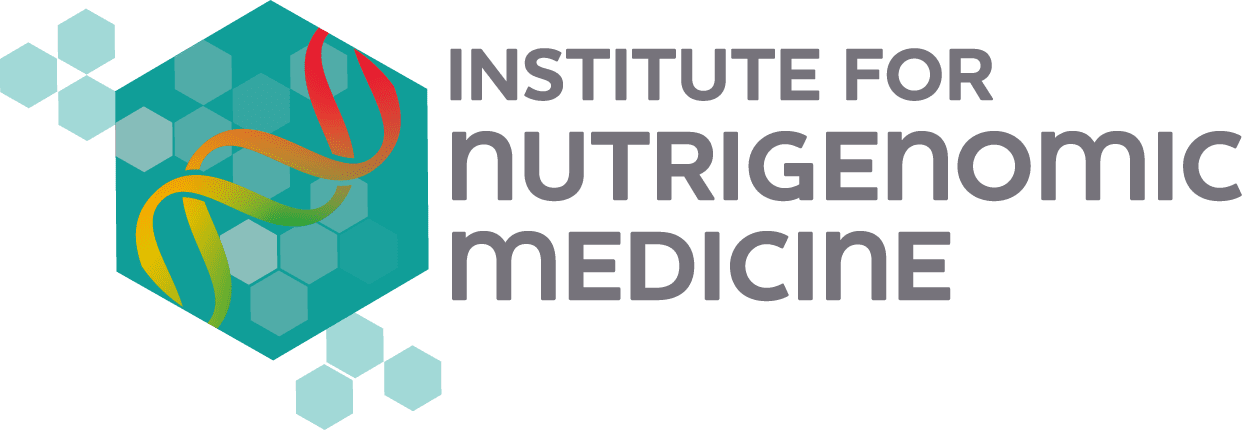Nutrigenomics – Its Clinical Context
Nutrigenomics – the Medicine of the 21st Century
Nutrigenomics – the Medicine of the 21st Century
Copyright 2021. Christine Houghton PhD.,BSc.,R.Nutr.
The recognition that food-derived non-nutrient molecules can modulate gene expression to influence intracellular molecular mechanisms has seen the emergence of the fields of Nutrigenomics and Nutrigenetics. Much discussion in the scientific community is focused on asking whether these new sciences are yet ready for clinical application.1
The Institute for Nutrigenomic Medicine holds the view that, although incomplete, there is already substantial evidence, validated both scientifically and clinically, that the incorporation of nutrigenomics into clinical nutrition practice can be supported.
All references can be found at the base of this page.
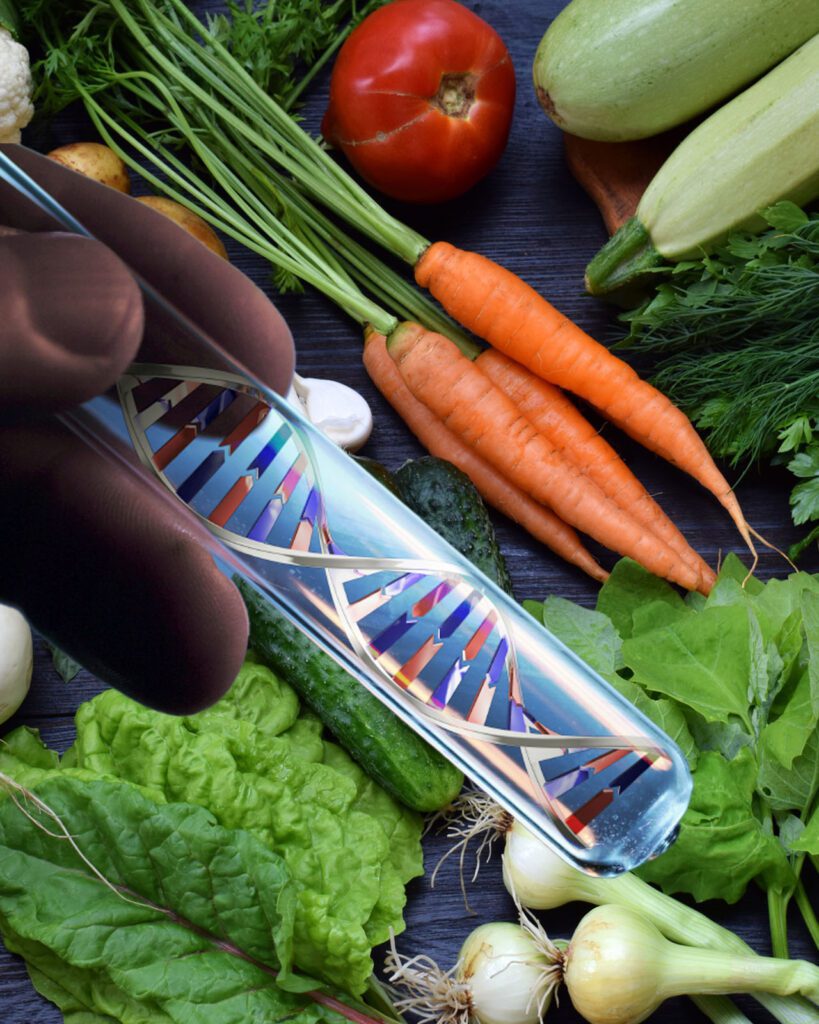
The Evolution of Nutrition Science
A wealth of recently developed novel genomic, proteomic, and metabolomic techniques—with high throughput capacities in clinical nutrition research—promises to facilitate the study of food nutrients and other diet constituents. This will enable researchers to define the important factors in nutrient-gene interaction at the cell, individual, and population level.2
During the early 20th century, nutrition science resolved issues related to micronutrient deficiency states, with the latter part focused more on macronutrient excesses.3 By contrast, the first decade of the 21st century saw old paradigms challenged and new theories proposed. The recognition that food-derived non-nutrient molecules can modulate intracellular molecular mechanisms has seen the emergence of the fields of Nutrigenomics and Nutrigenetics. These disciplines are derived from the interweaving of the sciences of clinical nutrition, biochemistry, molecular biology, and genomics.
It has been estimated that there are more than 5000 different phytochemicals present in food4 and our current knowledge is limited to a reasonable understanding of the function of just a few.
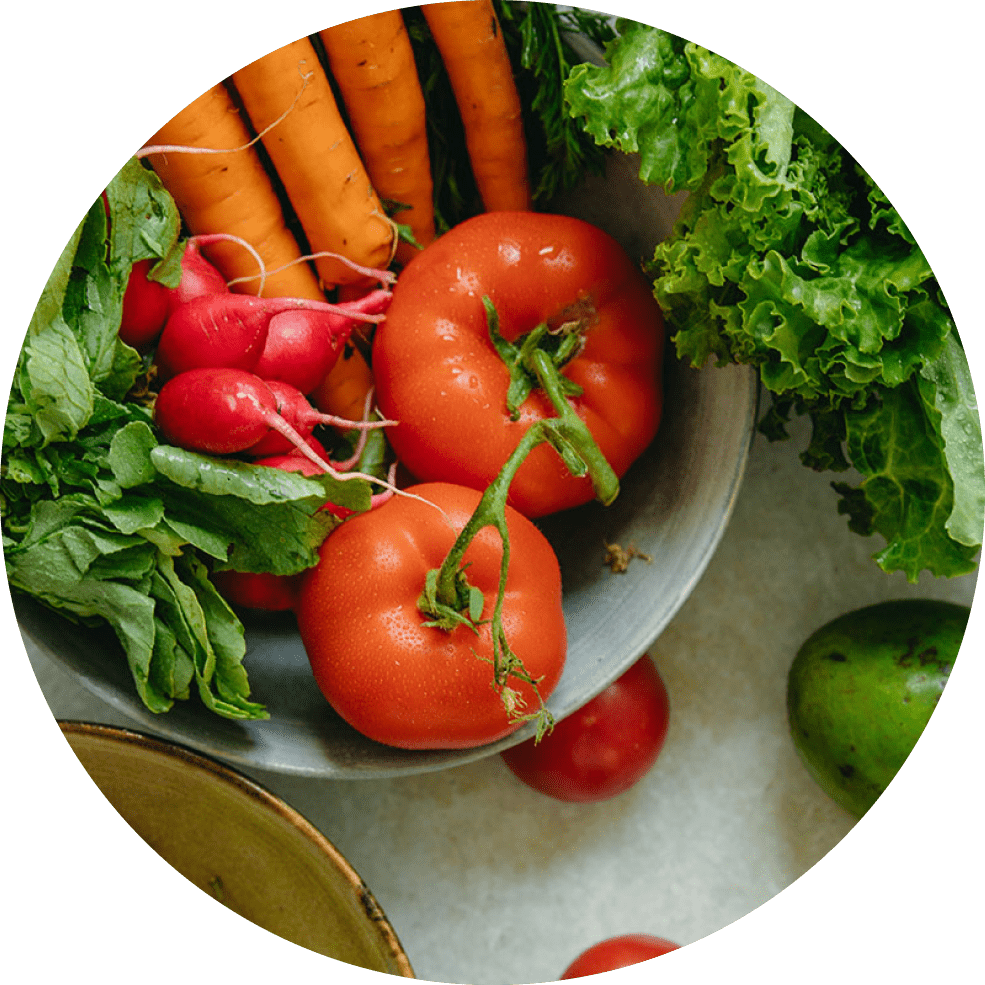
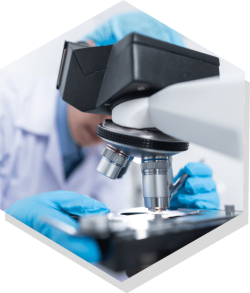
Identifying Food-derived Molecules with Nutrigenomic Potential
Against this background sits the quest to identify biomolecules with significant nutrigenomic potential. Technologies associated with Nutritional Genomics have enabled the identification of numerous food molecules that, in dietary amounts, are capable of influencing gene expression. The plant kingdom in particular, is the source of thousands of phytochemicals.
However, little is known about the way in which such phytochemicals may support the maintenance of human health and especially those associated with cellular defence mechanisms. As the science of nutrigenomics evolves and our understanding of the many interactions between phytochemicals and endogenous cytoprotective mechanisms grows, the significance of plant foods in human health becomes clearer.
Exposing Flaws in Plant-Based Dietary Supplements
A critical review of the formulations of some available supplements reveals numerous flaws, shedding doubt on their potential efficacy.5 There are few published clinical trials using phytochemicals as the intervention material and only a small number of these withstand scientific scrutiny.
However, even when benefit for a compound has been demonstrated, it is common for a commercial product to include the ingredient at a dose manyfold lower than that shown to be efficacious in either clinical trials or as it was traditionally employed by cultures of the past. As a further trap for the unwary consumer or uninformed clinician, supporting commentary may include citations for in vitro and animal studies, giving the reader a false impression of the product’s likely efficacy as a supplement for humans.

Because it appears that many consumers have accepted a role for complementary medicines in their personal health management, it is important to review the evidence on whether plant-derived supplements can assist in modifying various biochemical and physiological risk factors for disease.
Our growing understanding of clinical nutrition and the way in which human cells respond to the signalling properties of food-derived molecules on gene expression provides a foundation for examining the dose-response thresholds below which a biomolecule will exhibit little, if any, clinically-relevant effect.
Notwithstanding the little-understood role of phytochemical metabolites, this expanding knowledge base has implications for employing complementary medicines in human health.
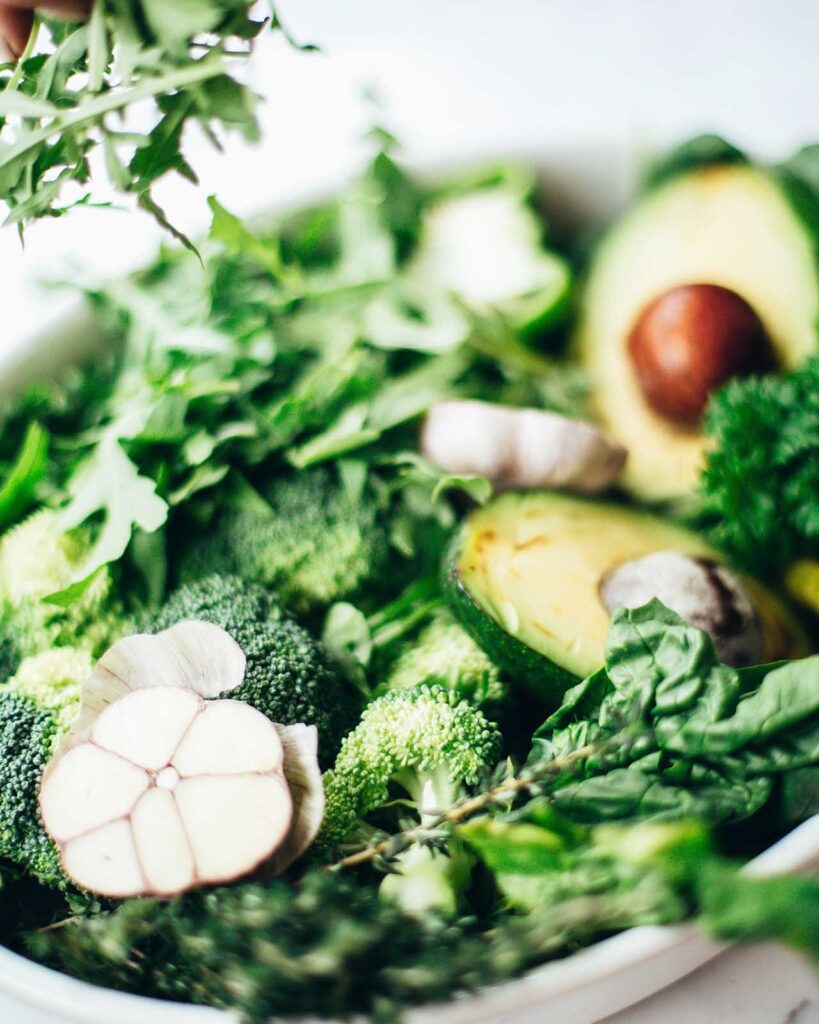
Beyond Nutritional Deficiencies and Excesses
Nutrigenetics and Nutrigenomics
The interlinked sciences of Nutrigenetics and Nutrigenomics provide the clinician with a more targeted opportunity to personalise a patient’s treatment programme,6 revealing those genetic polymorphisms which may compromise individual biochemical function. Even without access to sophisticated genome profiling, a clinician’s knowledge that potent food-derived biomolecules can interact with intracellular signalling pathways provides another dimension to clinical management and disease prevention processes.
The realisation that food-derived molecules are in constant conversation with complex intracellular control systems via signalling pathways has unveiled the role of food as so much more than a source of micro- and macronutrients.6
What becomes immediately apparent in this model is that no multi-nutrient supplement can substitute for the enormous diversity in the phytochemicals present in a balanced human diet. Also evident is that the health benefits of the popular polyphenolic phytochemicals, such as those found in green tea, grape seed, red wine, curcumin, pomegranate, and olives, are unlikely to be due to direct-acting antioxidant effects demonstrated by these molecules in numerous in vitro studies.7,8
The Issues of Dose and Bioavailability
Polyphenols are typically large bulky molecules which are poorly-absorbed and poorly-bioavailable.9 Therefore, it is unlikely that the intracellular micromolar concentrations necessary to scavenge free radicals can be achieved. Polyphenols can also behave as either antioxidants or prooxidants, depending on the experimental conditions.10
Additionally, newer evidence suggests polyphenols and other phytochemicals may function ‘hormetically’. Hereby, dose response is characterised by low dose stimulatory response and high dose inhibition.11
In a bioactive-specific approach, a recent comprehensive review of phytochemicals indicated for cardiovascular disease, focused on both preclinical and clinical beneficial effects of four commonly supplemented compounds.12
The review concluded that there are few definitive trials in this area and in some studies the exact dose used is not clear. However, the authors confirm the findings of others in that the use of a very high dose is associated with the most protective effects for a few phytochemicals, whereas the lowest dose turns out to be the most effective for other compounds.
As with vitamin “antioxidants,” the notion that ingested polyphenol supplements act as antioxidants” in human cells is called into question.7 Emerging evidence suggests that polyphenols or their metabolites exert their systemic intracellular effects not as direct “antioxidants” per se, but as modulators of signalling pathways.
Explore our courses in Nutrigenomic Medicine
Find out more about our courses and apply for enrolment.
References Regarding Clinical Nutrition
1 Bashiardes S, Abdeen SK, Elinav E. Personalized Nutrition: Are We There Yet? J Pediatr Gastroenterol Nutr. 2019 Dec;69(6):633-638.
2 Siddique, R. A., et al. (2009). “Nutrigenomics: nutrient-gene interactions.” Food reviews international. 25(4): 326-345.
3 R. L. Swank, “A prospective discussion of past international nutrition catastrophes—indications for the future,” Nutrition, vol. 13, no. 4, pp. 344–348, 1997.
4 R. H. Liu, “Health-promoting components of fruits and vegetables in the diet,” Advances in Nutrition, vol. 4, no. 3, pp. 384S–392S, 2013.
5 M. Nicoletti, “Nutraceuticals and botanicals: overview and perspectives,” International Journal of Food Sciences and Nutrition, vol. 63, supplement 1, pp. 2–6, 2012.
6 H.-G. Joost, M. J. Gibney, K. D. Cashman et al., “Personalised nutrition: status and perspectives,” British Journal of Nutrition, vol. 98, no. 1, pp. 26–31, 2007.
7 D. E. Stevenson and R. D. Hurst, “Polyphenolic phytochemicals— just antioxidants or much more?” Cellular and Molecular Life Sciences, vol. 64, no. 22, pp. 2900–2916, 2007.
8 H. Sies, “Polyphenols and health: update and perspectives,” Archives of Biochemistry and Biophysics, vol. 501, no. 1, pp. 2–5, 2010.
9 C. Manach, G. Williamson, C. Morand, A. Scalbert, and C. R´em´esy, “Bioavailability and bioefficacy of polyphenols in humans. I. Review of 97 bioavailability studies,” The American Journal of Clinical Nutrition, vol. 81,no. 1, supplement,pp. 230S–242S, 2005.
10 B. Halliwell, “Are polyphenols antioxidants or pro-oxidants? What do we learn from cell culture and in vivo studies?” Archives of Biochemistry and Biophysics, vol. 476, no. 2, pp. 107–112, 2008.
11 E. J. Calabrese, “Hormesis: why it is important to toxicology and toxicologists,” Environmental Toxicology and Chemistry, vol. 27, no. 7, pp. 1451–1474, 2008.
12 B. Pagliaro, C. Santolamazza, F. Simonelli, and S. Rubattu, “Phytochemical compounds and protection from cardiovascular diseases: a state of the art,” BioMed Research International, Vol. 2015, Article ID918069, 17 pages, 2015.
